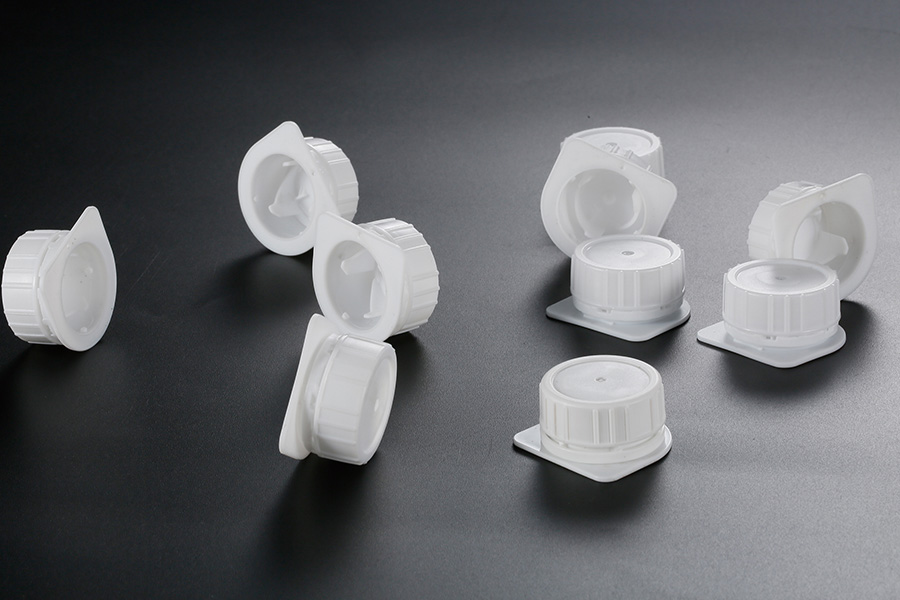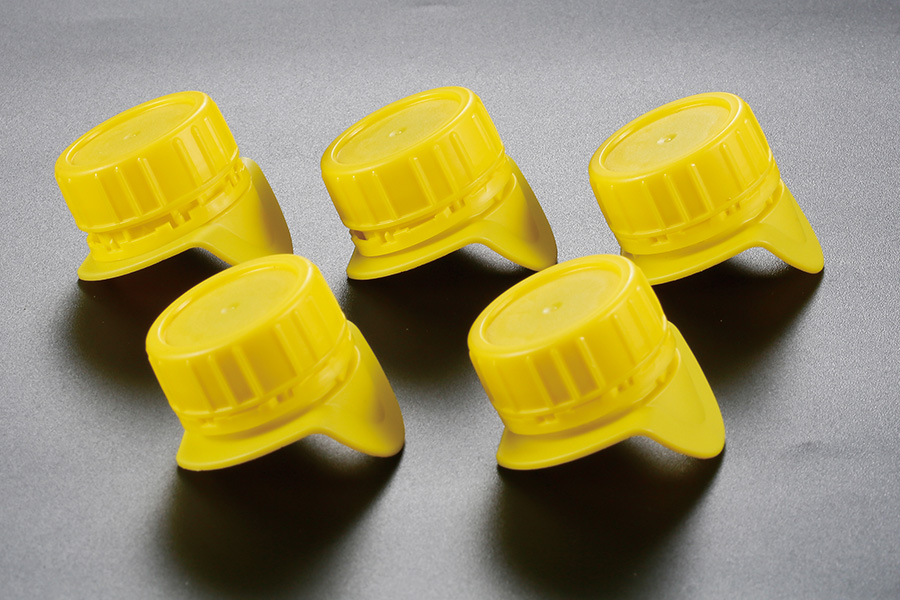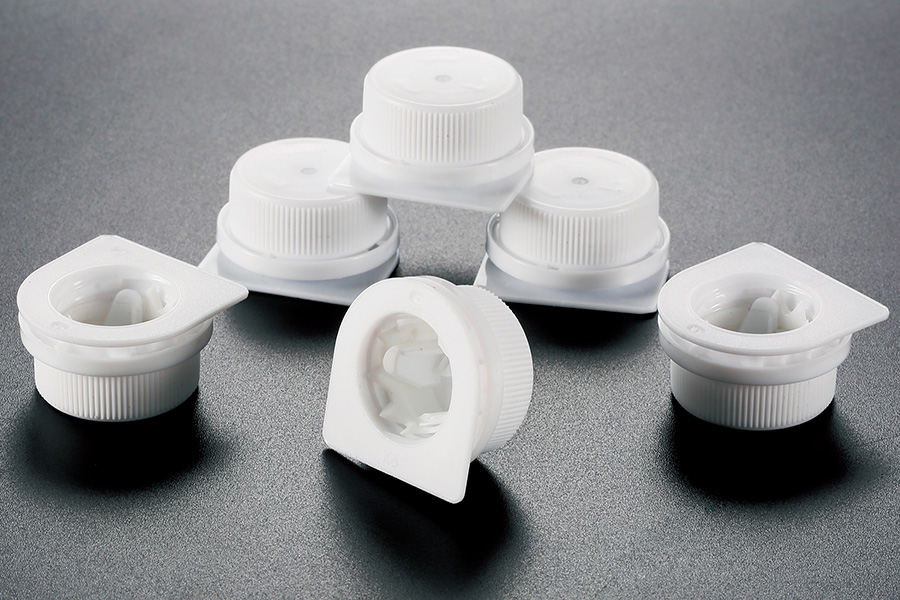The angle of a spout on a bottle cap plays a crucial role in determining both the accuracy of pouring and the overall control a user has during the dispensing process. This aspect of cap design often receives less attention than it deserves, especially when considering how the choice of materials and cap weight influence the pouring experience. In recent years, the demand for sustainable packaging has brought recycled plastic caps to the forefront, while the industry continues to explore the benefits of lightweight caps to improve functionality without compromising durability.

Accuracy is essential for consumers who want to dispense liquids without spilling or wasting product. The spout angle directly affects the flow rate and direction of the liquid as it leaves the container. A carefully engineered spout angle allows the liquid to flow smoothly, with less splashing and drips. Caps designed with a more acute angle can help create a more focused stream, making it easier to pour precise amounts, especially for viscous liquids. Conversely, a wider angle might result in a less controlled flow, which can advance to spills and frustration.
Incorporating recycled plastic caps into packaging solutions does not limit the ability to design effective spout angles. Advances in materials technology mean recycled plastics can be molded with precision, maintaining the integrity of the cap's shape and ensuring consistent performance. Using recycled plastic caps also supports sustainability goals without sacrificing user experience. When paired with thoughtful spout angle design, recycled plastic caps can provide a reliable pouring experience that appeals to environmentally conscious consumers.
Lightweight caps further enhance user control by reducing the effort required to handle and open the container. The lower weight means less strain on the user’s hand, which is particularly important for people with limited strength or dexterity. When a lightweight cap is combined with an optimized spout angle, it can contribute to smoother, more controlled pouring. This synergy is especially valuable in products where the user may need to pour multiple times, such as in cooking oils or cleaning liquids.
Manufacturers face the challenge of balancing cap weight and material strength to ensure that lightweight caps remain durable and functional. By utilizing recycled plastic caps, companies can reduce the environmental impact while maintaining necessary structural qualities. The choice of recycled plastics influences how thin and light the cap can be designed without compromising its sealing ability or resistance to breakage. Careful consideration of the spout angle complements this balance, providing a practical solution that meets both sustainability and usability goals.
Another aspect to consider is the tactile feedback users receive when pouring from a container with a spout cap. The spout angle affects how the liquid feels as it flows, influencing user confidence and perception of quality. When recycled plastic caps are manufactured with consistent precision, the spout angle remains uniform across production batches, ensuring predictable user experiences. Similarly, lightweight caps allow users to maneuver the container more easily, giving them finer control over flow rate and direction.
There are also practical benefits for manufacturers and retailers when employing recycled plastic caps with well-designed spout angles. Such caps often weigh less, which can lower shipping costs and reduce the carbon footprint associated with transportation. Their environmental appeal may also increase consumer preference in a market that increasingly values sustainable packaging. Lightweight caps, combined with efficient spout angles, contribute to packaging that is easier to handle, stack, and display.
In conclusion, the spout angle of a bottle cap is a vital design element that impacts pour accuracy and user control. By integrating recycled plastic caps, manufacturers can address environmental concerns while maintaining the precision needed for effective pouring. Lightweight caps further improve the user experience by reducing handling effort and enhancing maneuverability. Together, these factors create a packaging solution that is both functional and sustainable. Attention to the relationship between spout angle, material choice, and cap weight ensures that products meet consumer expectations for convenience and responsibility.


 English
English  русский
русский عربى
عربى



